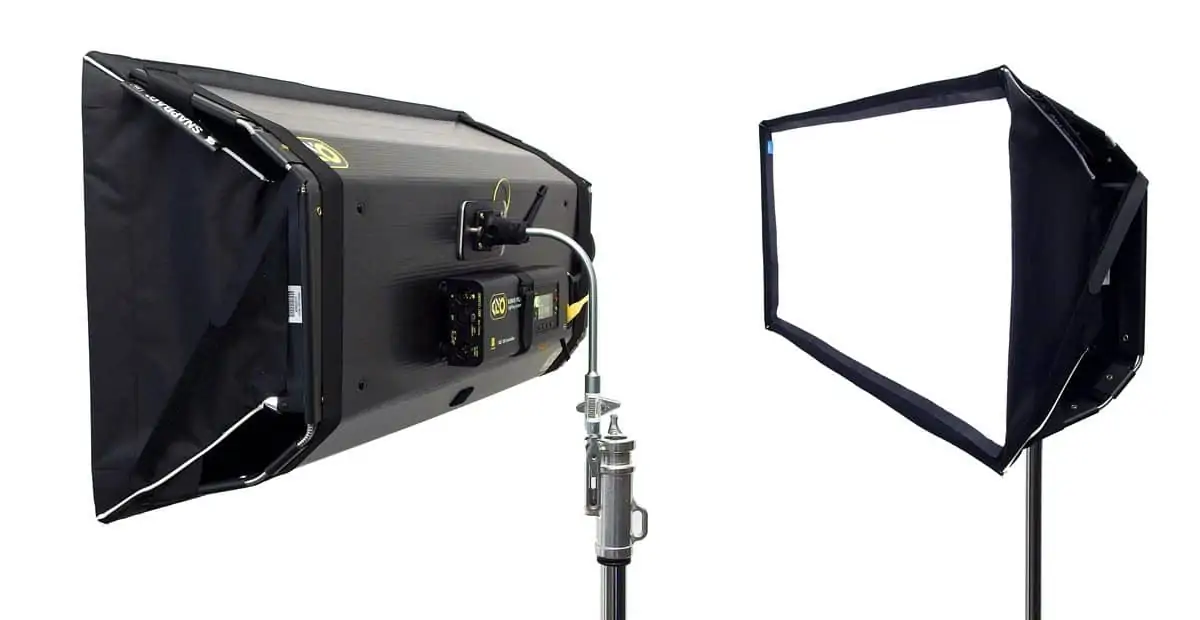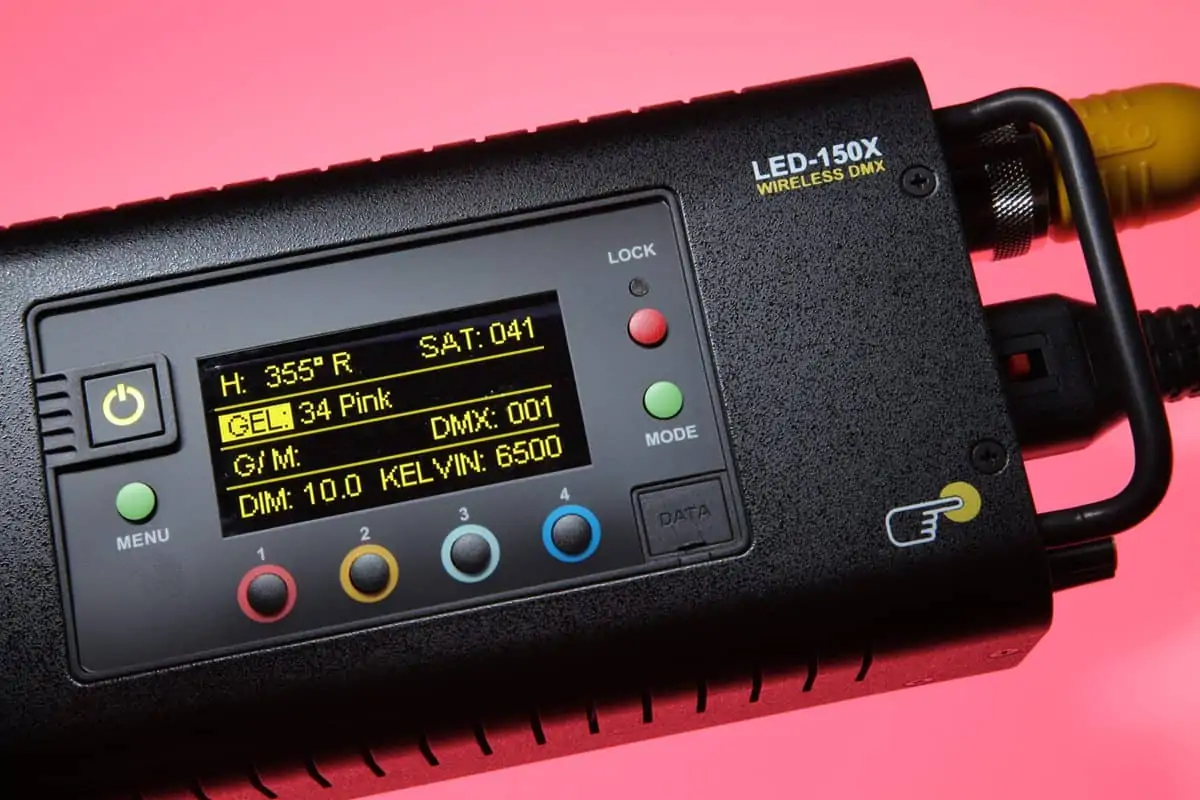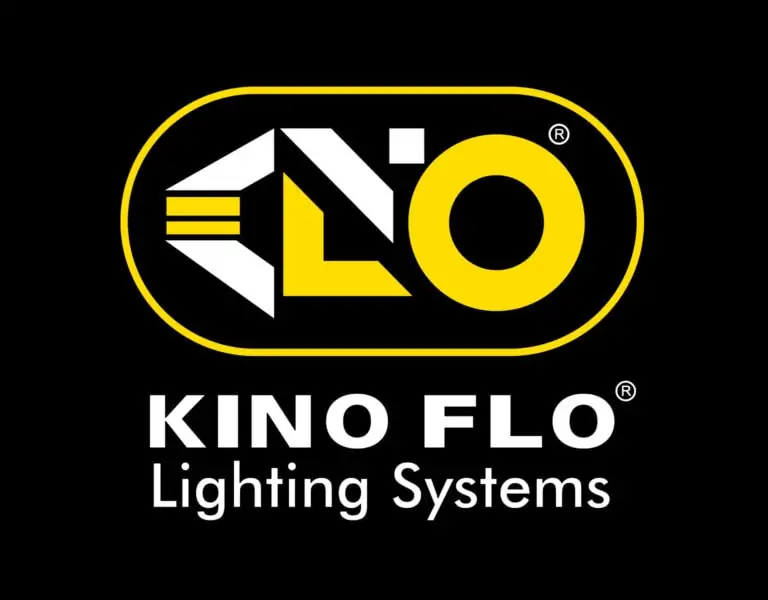Illuminating
Innovator / Frieder Hochheim
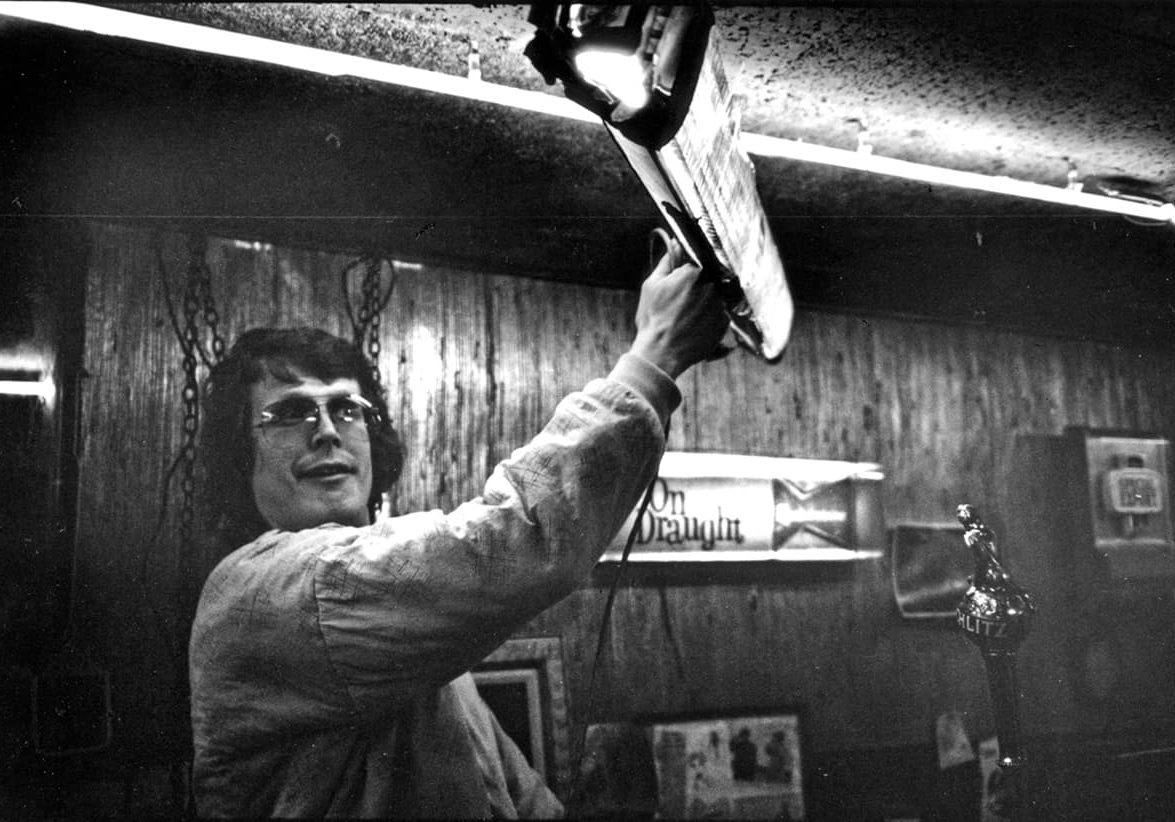
Illuminating
Innovator / Frieder Hochheim
BY: Kevin Hilton
Header image: Frieder went to town on fluorescents on Barfly (1987)
For a sound recordist to suggest the need for a new type of florescent lamp – a fixture which, more than others, could cause interference on the location soundtrack – shows an attentive inventor might really be on to something.
On that advice, Frieder Hochheim founded Kino Flo, a company that has continued to innovate in the world of film lighting. But, as he observes, it is now more difficult to fully develop a concept today than it was when he and Gary Swink came up with a new kind of fluorescent.
"The conditions for nurturing innovation have dramatically changed from the time I started Kino Flo," he says. "Back in 1987 the internet as we know it now had not been realised. The cell phone had just been invented and all it did was make calls. If you had an idea at that time you were able to nurture it and grow it in relative obscurity."
The genesis of what became Kino Flo grew from collaboration and problem solving. "The Kino Flo fluorescent came out of a particular need I had at the time," Hochheim explains, referring to his earlier days as a gaffer. "Cameras and film stocks were getting faster and there was more location shooting as well as more interiors."
This, Hochheim says, made directors, cinematographers and gaffers consider how they would shoot such set-ups. Among them was Charles 'Chuck' Minsky ASC, who had been using fluorescents, but was having problems with interiors because of flicker. "So I set about solving that," Hochheim says.
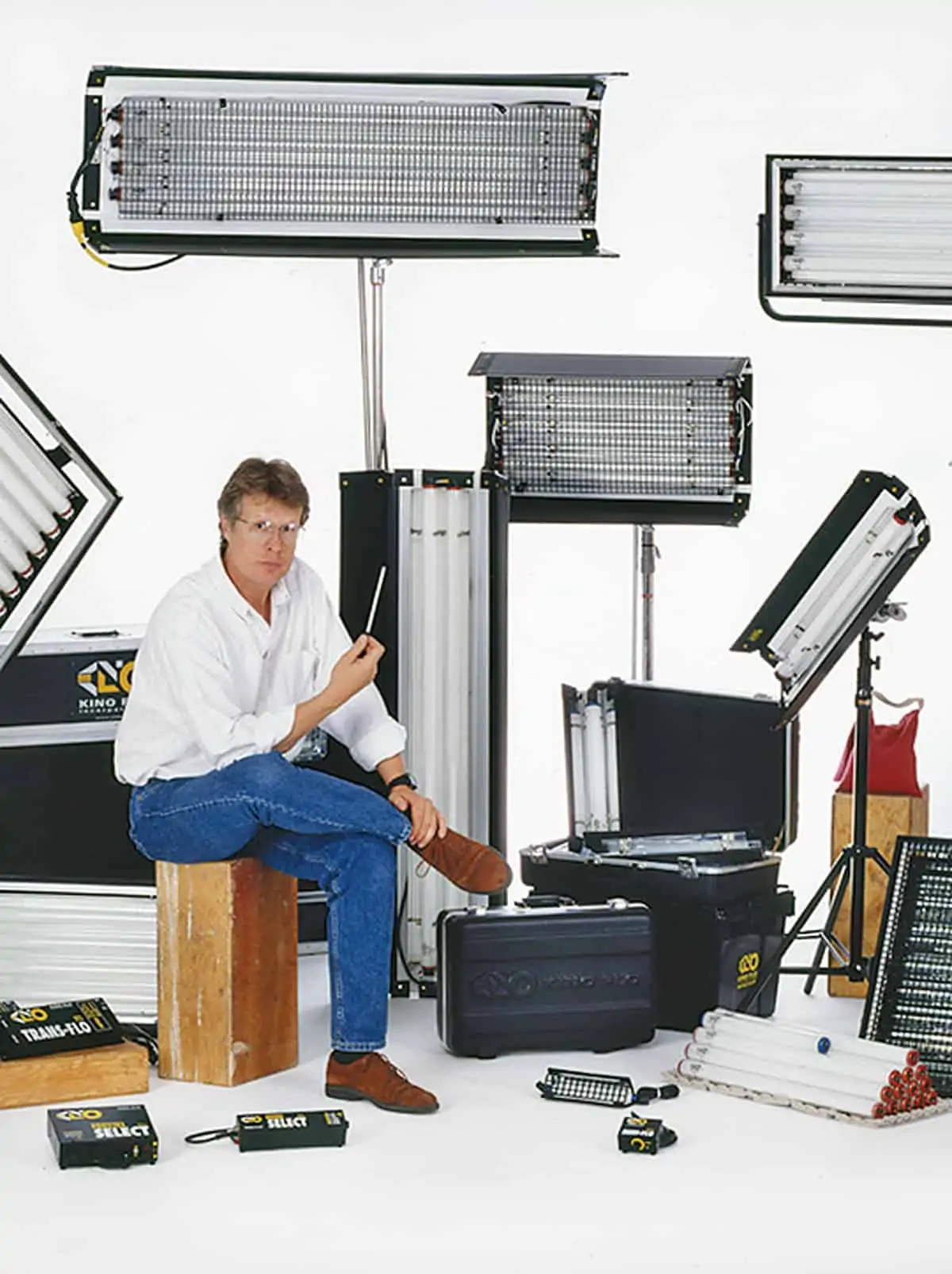
At the time Xerox, best known for its photocopiers, was investigating high frequency fluorescents, which do not flicker, and the current-limiting ballast choke that generates the high voltage pulse for igniting mercury vapour in the tube. "I called them up and said I was interested in their ballast," Hochheim says. "They sent it to me without charge."
There was also help from a Kodak engineer, who worked with Hochheim and Swink to get rid of the green tinge associated with fluorescents. Back then Swink was a best boy/electrician and first worked with Hochheim on the schlock horror flick Night Of The Creeps (1986, dir. Fred Dekker, DP Robert C. New). Their next film together, Barfly (1987), directed by Barbet Schroeder and shot by Robby Müller, provided a convenient testing ground.
"Robby Müller was a risk-taker," Hochheim says of the Dutch DP who passed away in July 2018. "Barfly was the first film that went to town with the fluorescent. Robby said he wanted the quality of light to be natural and real, but it was all locations and there were challenging camera angles, sometimes shooting directly into windows."
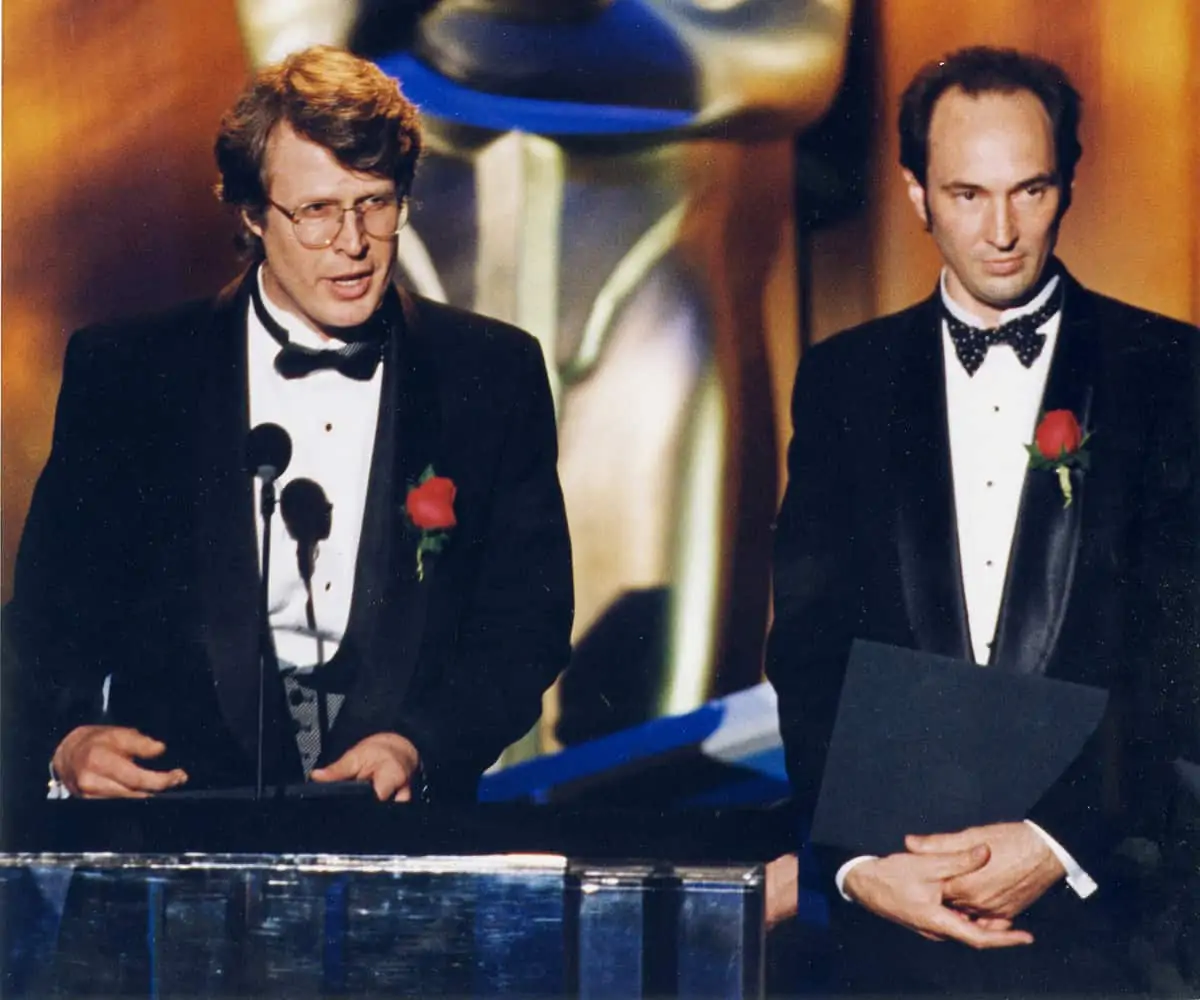
Swink continued to build the new lamps as the shoot progressed, but the new units caused some concern on set. "A lot of people were horrified at first," recalls Hochheim. "Faye Dunaway in particular showed a lot of consternation. But I said it was a really beautiful, soft light, to which she relied, 'Soft is good'. And she looked great, even though she was supposed to look like an alcoholic."
It was during this process that production sound recordist, Peter Hliddal, made the observation that led to Kino Flo being established as a company. "I didn't think much about it at the time," says Hochheim, "but Peter was watching what we were doing and said, 'You've got to do something with this otherwise someone else will.' To have a sound mixer say he liked fluorescents was unusual - they generally ask for them to be turned off."
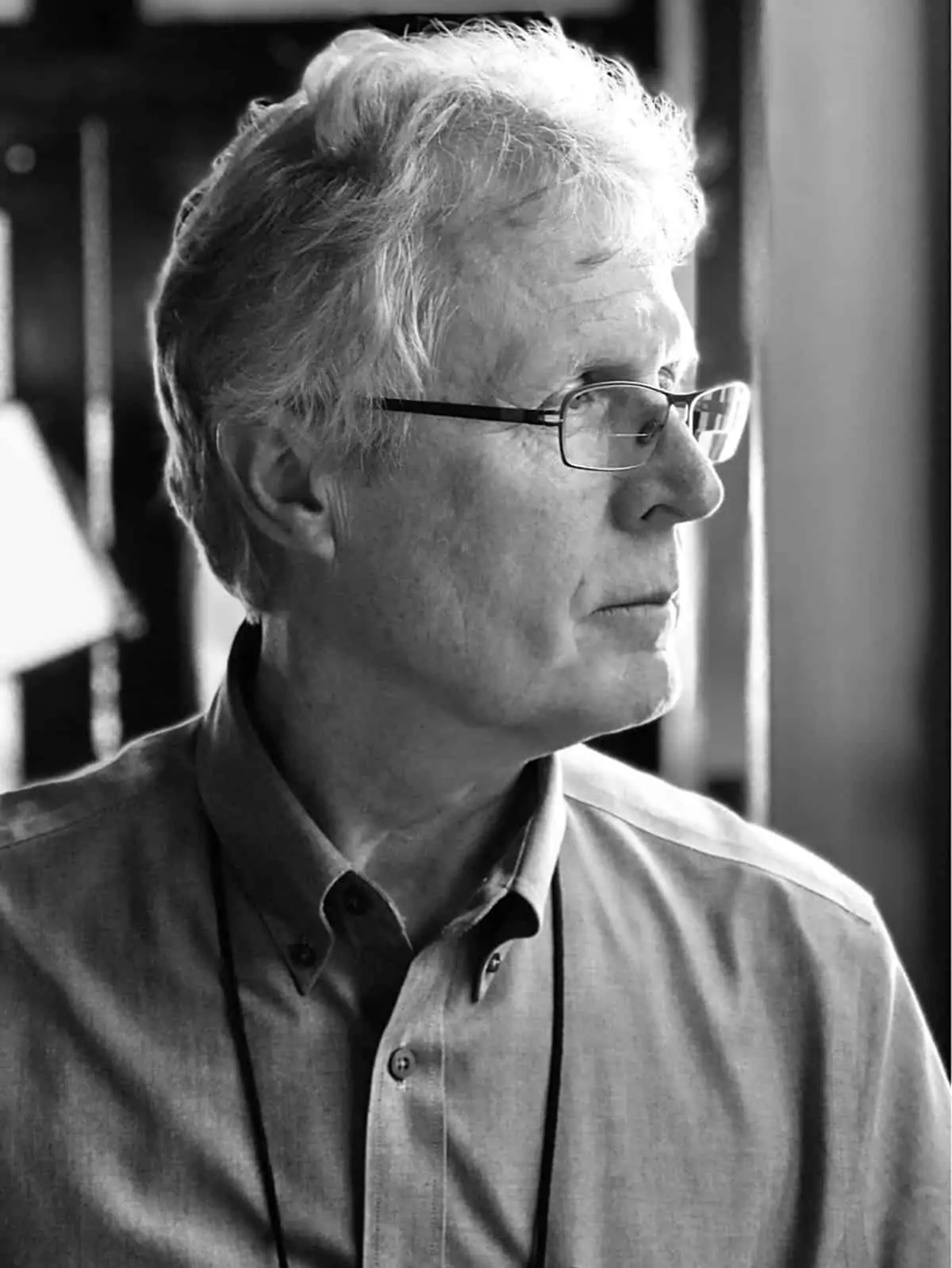
"Barfly was the first film that went to town with the fluorescent. Robby (Müller) said he wanted the quality of light to be natural and real, but it was all locations and there were challenging camera angles, sometimes shooting directly into windows."
- Frieder Hochheim
In 1987, Hochheim and Swink set up Kino Flo to produce their fluorescent design. The two founders knew they needed someone to handle the commercial side and brought in Ray Goitiandia, a USC marketing and business graduate looking for a small firm to work with. The company name tapped into Hochheim's background as a German Canadian: "I grew up with the word 'kino' and thought it would stand out in a market where everything was 'cine'. And 'flo' was for fluorescent, although in German 'floh' translates as 'flea'. I had a bit of a chuckle over that."
Despite featuring on a relatively high profile picture starring Mickey Rourke, Kino Flo did not make a big impact immediately. "We kept exposure of our products within a small community of filmmakers," Hochheim says. "I was able to develop the fluorescent products as well as production capacity over a five-year period." During that time the lamps were only available for rental, which funded the business, although Hochheim did not take a salary and continued working as a gaffer.
After five years, Kino Flo opened sales, since when it has expanded its product range to include the Flo series, featuring the 4Bank/DMX and ParaZip 415 DMX, and Celeb studios fixtures. These lines have been joined by a new generation of LED luminares, including the FreeStyle, with the T44 and LED Tube due early in 2019, and the Image panels.
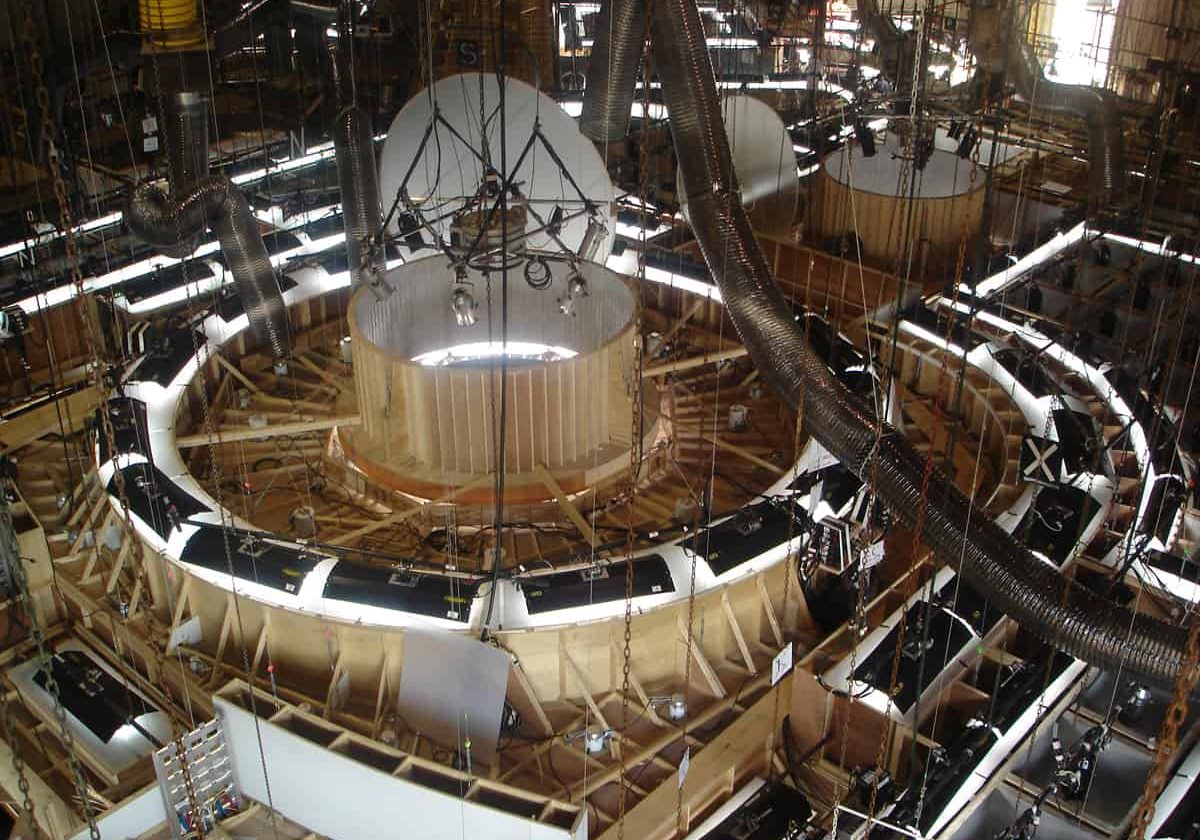
Hochheim sees the recent products as a progression, with the new generation of digital cameras calling for further innovation to develop LEDs that produce an accurate light. "Each camera today is like a new film studio," he says. "And none of the manufacturers want to share their data details. So we went to the same Kodak engineer we worked with 32 years ago and asked if he could build a spectrometer to analyse the cameras."
After the laborious process of analysing 16 digital cameras used for filmmaking, Hochheim says it could be seen how they differed from each other. "But we couldn't put that into the look tables so instead went with the dominant camera, which is the ARRI Alexa," he says. "By using that we can set the colour points."
Innovation at Kino Flo continues with new software that is able to harmonise all the company's lamps on a shoot. As Hochheim concludes, the business has moved from building lights to having computers that generate light.

